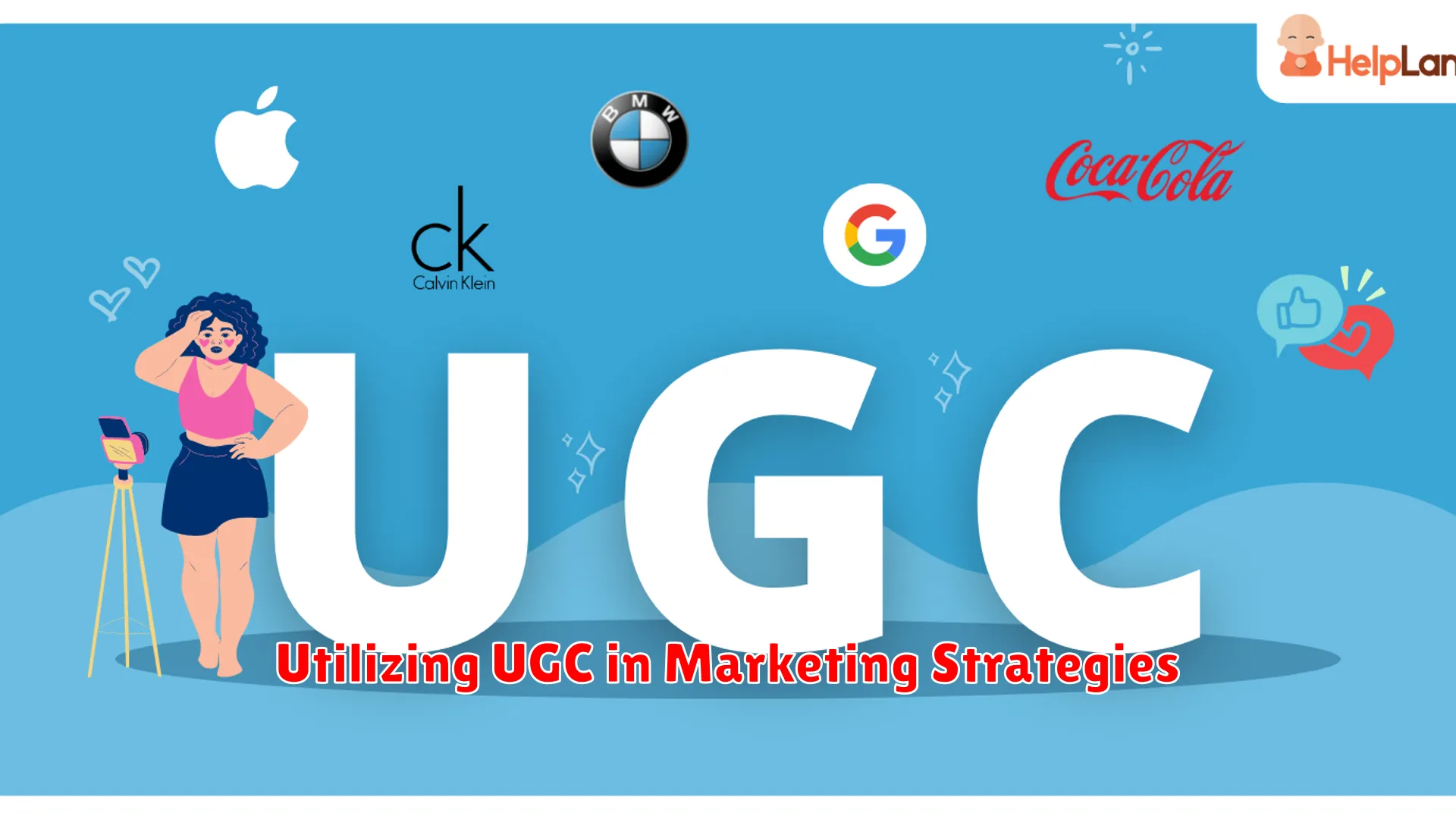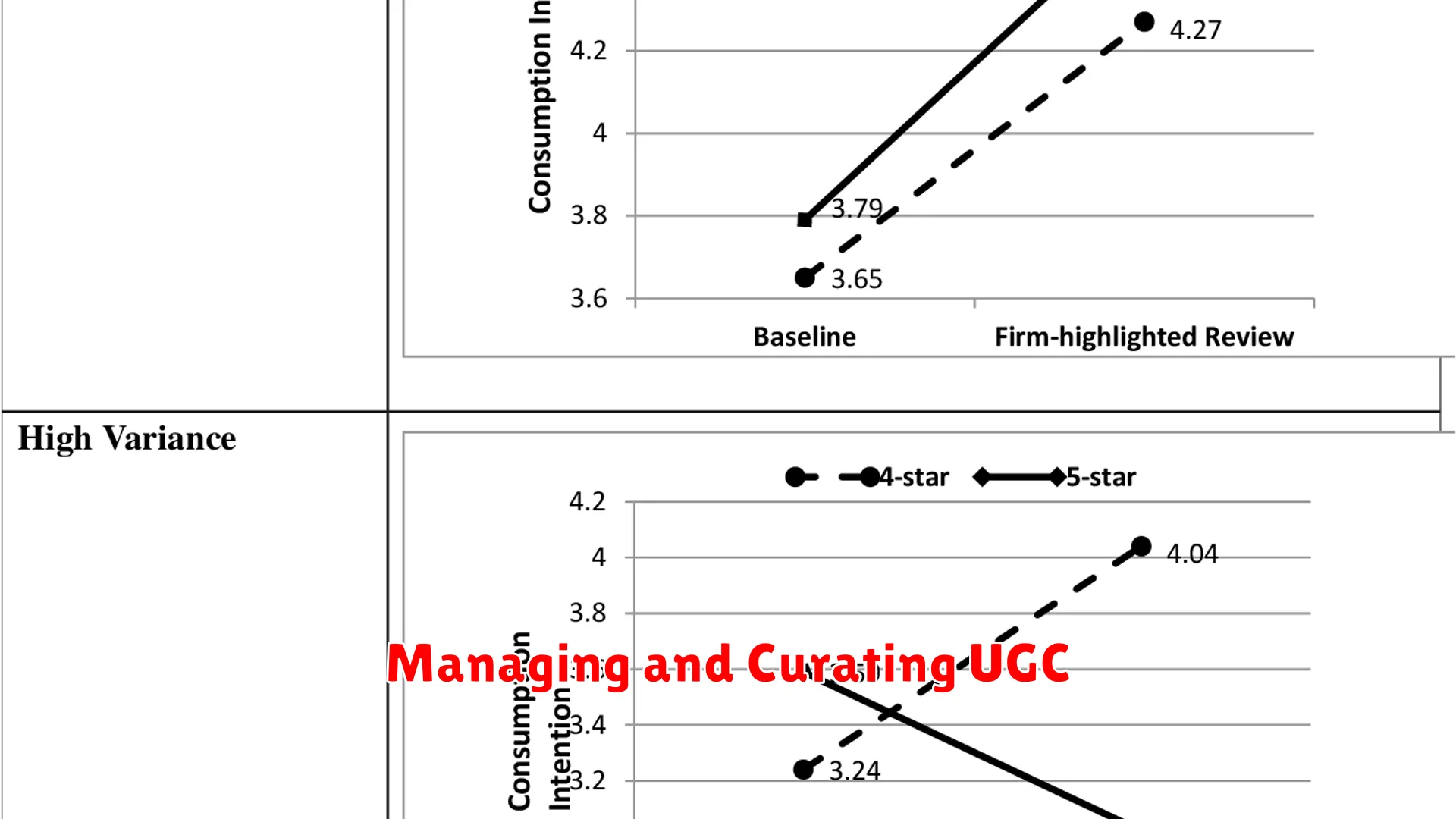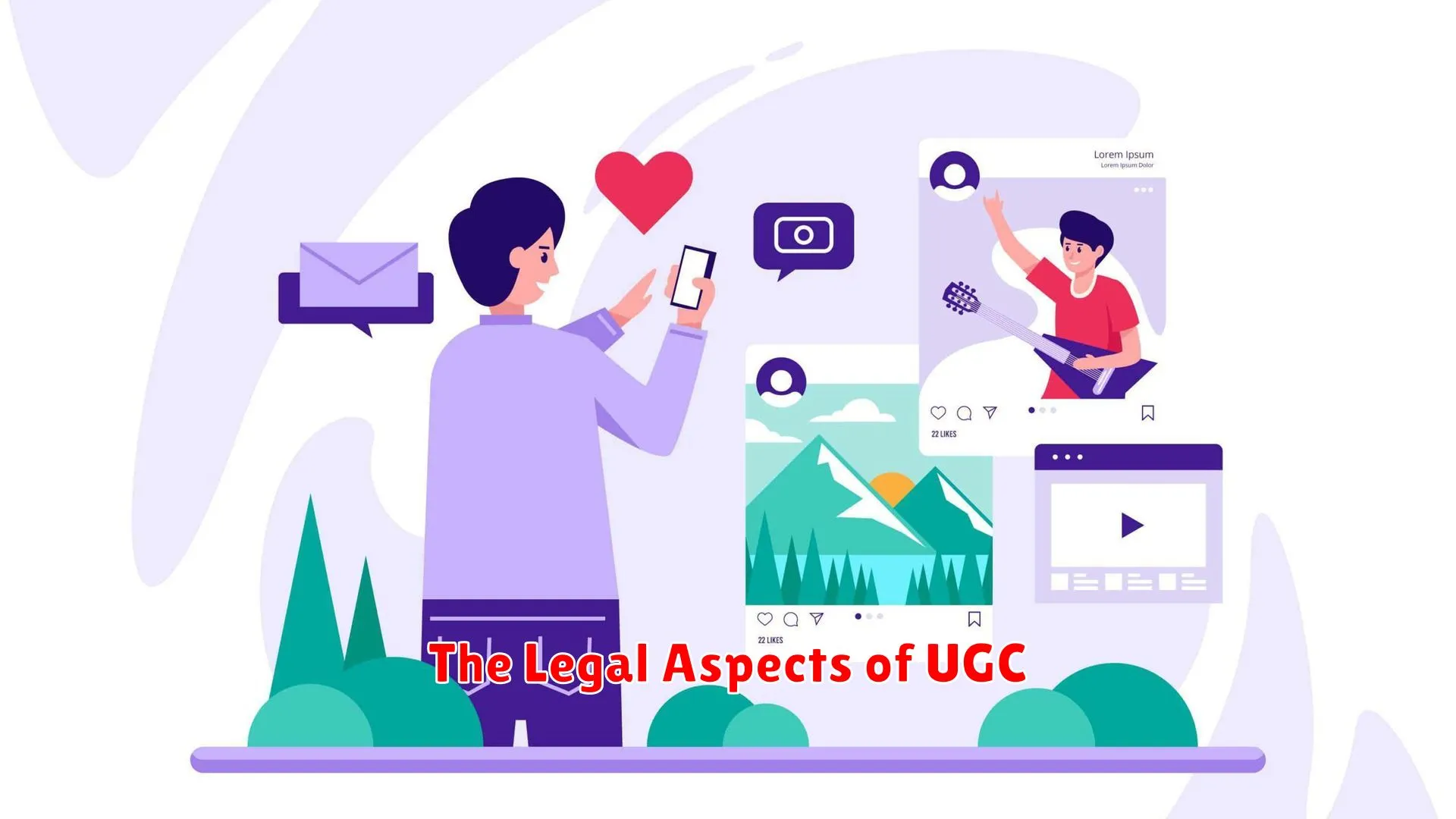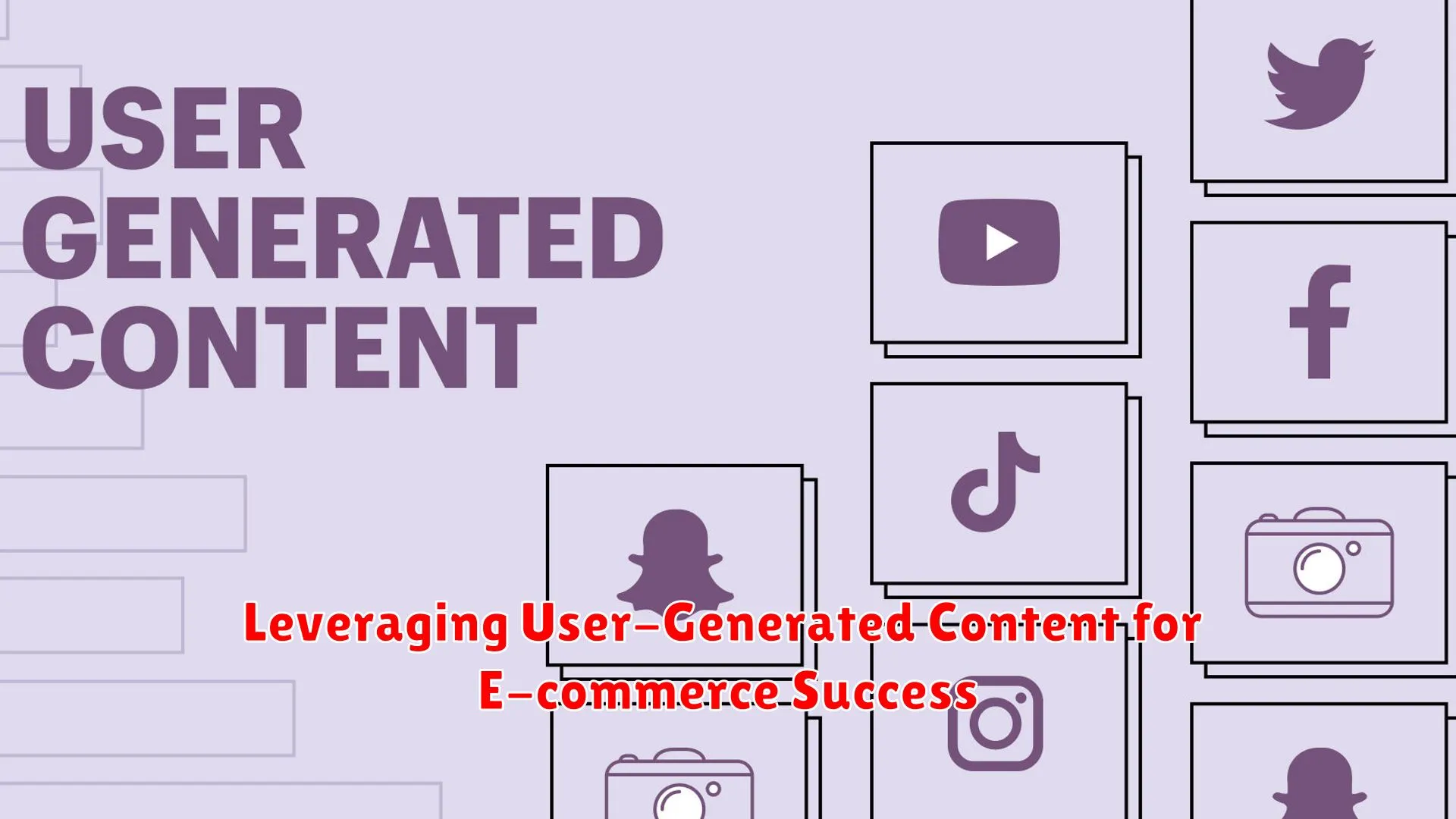Discover how e-commerce businesses can harness the power of user-generated content to boost engagement, drive conversions, and enhance brand credibility in the competitive online marketplace. Unlock the strategies that can take your online store to the next level of success!
The Value of User-Generated Content

When it comes to e-commerce success, leveraging user-generated content (UGC) can be a game-changer for businesses. UGC refers to any form of content, such as reviews, testimonials, photos, and videos, that users create and share about a product or service.
One of the key values of UGC lies in its authenticity. Potential customers are more likely to trust recommendations and feedback from fellow consumers rather than traditional advertising. By showcasing real experiences and opinions, UGC helps build trust and credibility with your target audience.
Moreover, UGC is a powerful tool for increasing engagement. When customers actively participate in creating content, they become more emotionally invested in your brand. This engagement can lead to higher conversion rates and customer loyalty, as well as a boost in brand awareness through social sharing.
Additionally, UGC provides valuable insights into customer preferences and behaviors. Analyzing user-generated content can help e-commerce businesses fine-tune their marketing strategies and product offerings based on real-time feedback.
Encouraging Customers to Share Content

One of the key strategies for leveraging user-generated content for e-commerce success is to actively encourage customers to share their experiences and opinions. By harnessing the power of customer-generated content, businesses can significantly enhance their online presence and build trust among potential buyers.
Offer Incentives: Providing incentives such as discounts, freebies, or exclusive access to products can motivate customers to share their content. This creates a win-win situation where customers benefit from the rewards while businesses gain valuable user-generated content.
Create Shareable Experiences: Design your products or services in a way that naturally encourages sharing. For example, incorporating features that allow customers to easily share their purchases on social media platforms can amplify the reach of user-generated content.
Engage with User-Generated Content: Actively engage with customer reviews, photos, and videos by liking, commenting, and reposting them on your e-commerce platforms. This interaction not only shows appreciation to customers but also encourages others to contribute their content.
Promote a Community: Foster a sense of community among your customers by creating a space where they can connect with each other and share their experiences. Building a community around your brand can generate a wealth of user-generated content and strengthen customer loyalty.
By implementing these strategies, businesses can effectively encourage customers to share content, thereby fueling e-commerce success through the power of user-generated content.
Utilizing UGC in Marketing Strategies

User-generated content (UGC) has become a powerful tool for e-commerce success. By incorporating UGC into marketing strategies, businesses can amplify their reach, enhance brand authenticity, and boost engagement with their target audience.
Influencer Collaborations: Partnering with influencers who promote products through UGC can significantly impact consumer trust and purchase decisions. Their authentic endorsements can build credibility for your brand among their followers.
Social Proof: Displaying customer reviews, images, and testimonials on product pages can provide social proof to potential buyers. Real-life experiences shared by users create a sense of trust and transparency, influencing others to make a purchase.
Interactive Campaigns: Engaging consumers through interactive campaigns that encourage them to create and share content related to your brand can spark creativity and foster a sense of community. This user participation not only generates buzz but also boosts brand visibility.
UGC Curation: Actively curating and showcasing user-generated content on your website or social media platforms allows for a continuous stream of fresh, relevant material. This dynamic content showcases happy customers and demonstrates real-world product usage.
Managing and Curating UGC

Managing and curating User-Generated Content (UGC) is crucial for leveraging its full potential in boosting e-commerce success. UGC, such as customer reviews, ratings, and images, can significantly influence purchasing decisions and build trust among potential buyers.
1. Encourage UGC Submission: Make it easy for customers to share their experiences by providing clear submission guidelines and user-friendly platforms. Prompt happy customers to leave reviews or share photos by sending follow-up emails after purchases.
2. Monitor and Moderate: Regularly monitor UGC on your e-commerce platforms to ensure quality and relevance. Implement moderation tools to filter out spam or inappropriate content, maintaining a positive and trustworthy online environment.
3. Showcase UGC Effectively: Highlight UGC on product pages to showcase real customer experiences. Create dedicated sections for testimonials or user photos to provide social proof and enhance product credibility.
4. Engage with Contributors: Show appreciation to customers who contribute UGC by responding to their reviews or comments. Engaging with users not only builds rapport but also encourages more UGC submissions in the future.
5. Analyze Performance: Track the impact of UGC on key metrics such as conversion rates and customer engagement. Use analytics tools to gain insights into which types of UGC are most effective in driving sales and improving brand perception.
The Legal Aspects of UGC

When leveraging User-Generated Content (UGC) for E-commerce success, businesses must be mindful of the legal considerations surrounding this practice. UGC refers to any content created by individuals, rather than by the brand itself. This can include customer reviews, social media posts, photos, videos, and more that showcase real experiences with the products or services offered.
One essential legal aspect to keep in mind is intellectual property rights. Users who create and share content retain the copyright to their work unless stated otherwise. Therefore, companies must obtain proper permissions or rights to use UGC, especially if they plan to repurpose it for marketing purposes.
Moreover, privacy and data protection are crucial concerns when utilizing UGC. Brands must ensure that they have consent from individuals featured in the content, especially if it includes personal information or images. Adhering to data protection regulations is essential to avoid any legal ramifications.
Compliance with advertising standards is another significant legal consideration. Businesses need to ensure that UGC does not violate any advertising guidelines or mislead consumers. Transparency about the nature of the content and any potential incentives given to users for creating it is important to maintain trust.
In conclusion, by understanding and adhering to the legal aspects of UGC, businesses can leverage this valuable resource effectively in their E-commerce strategies while mitigating legal risks and fostering a trustworthy relationship with their audience.
Conclusion
In conclusion, integrating user-generated content strategically can significantly boost e-commerce success by increasing trust, engagement, and conversions, leading to improved brand visibility and loyalty.

